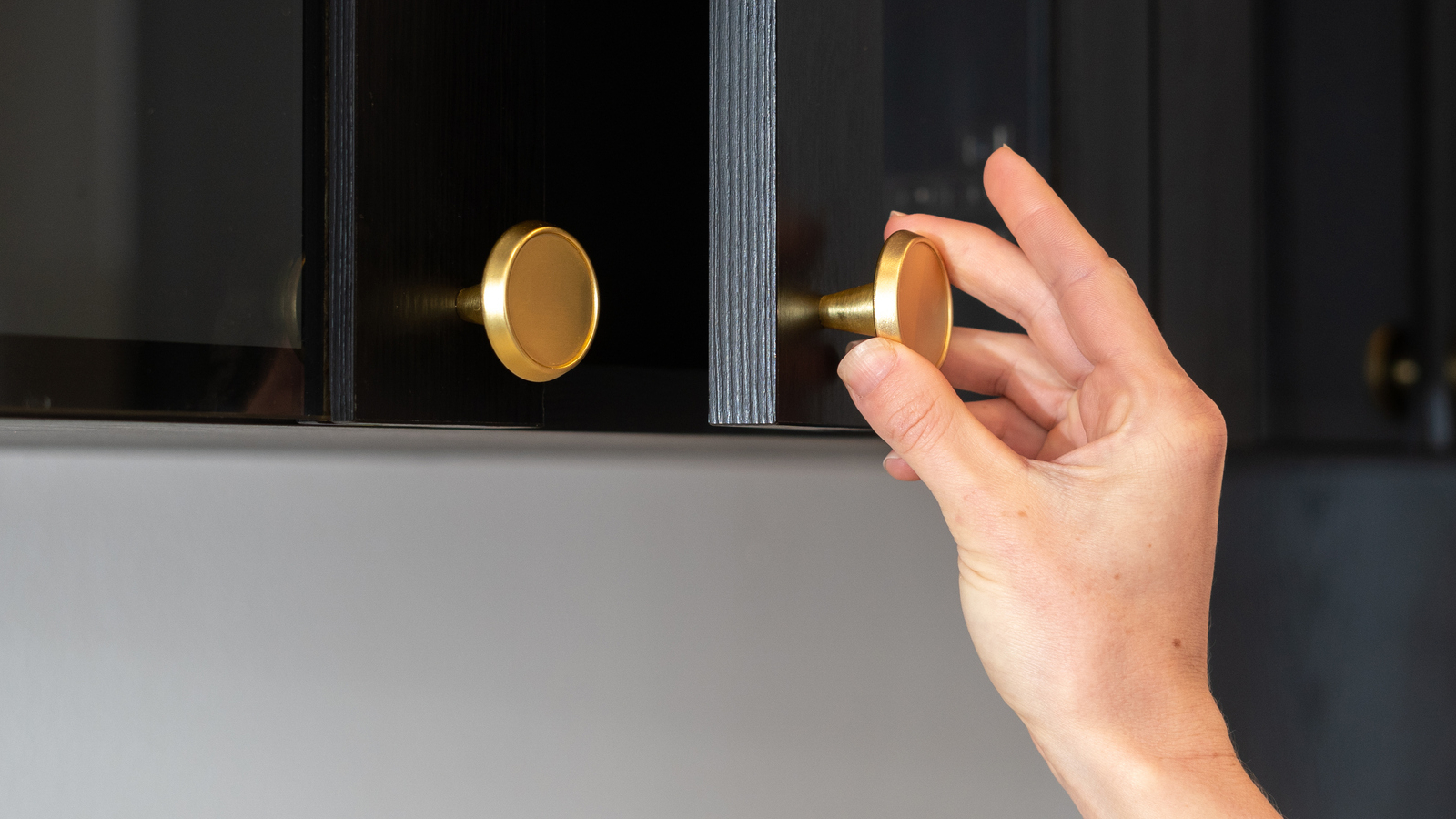What are Passivhaus Plus and Passivhaus Premium? Our expert explains what these standards mean for the future of house design
Used as a method of addressing how well a Passivhaus can meet zero carbon targets, these classifications set high standards for the efficiency of your home
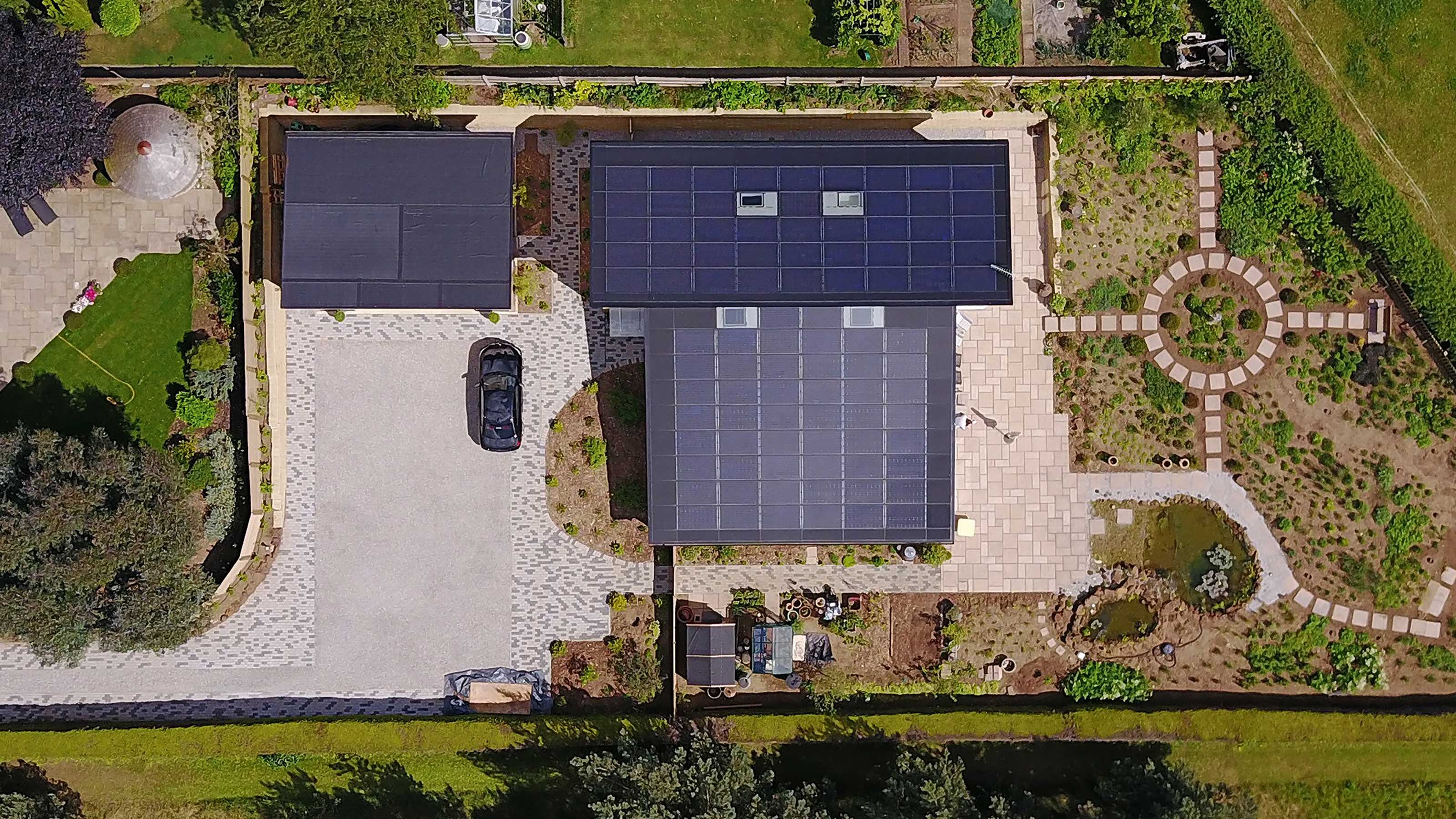
Passivhaus Plus and Passivhaus Premium are two terms you might want to get to grips with if you're interested in designing or building a super-efficient eco home.
The Passivhaus standard has become increasingly well known in recent years because it addresses many of the pain points that might be familiar to us in traditional homes. You can say goodbye to mould, damp and condensation and say hello to comfort, fresh air and energy efficiency. This has only been made possible by getting to grips with the physics of buildings and addressing demand reduction.
The Passivhaus standard, ‘Classic’ as it became known later, is what most of us will think of when Passivhaus is mentioned, but it doesn’t stop with efficiency. These two additional standards of 'Plus' and 'Premium' raise the bar even higher and set more ambitious targets.
What do Passivhaus Plus and Passivhaus Premium mean?
Passivhaus Plus and Passivhaus Premium were introduced to show how well a Passivhaus could address the zero-carbon agenda. It adds on-site generation with renewables into the certification process.
In short, for Passivhaus Plus you must cover your entire energy needs and for Passivhaus Premium you must go significantly beyond your needs, so there is a surplus.
To reiterate, we must tick off everything that is included in ‘Classic’ first, such as good Passivhaus ventilation, to make it the Passivhaus we know and love. And only then can we look to reduce the energy demand a little further to minimise the amount of renewables required.
If we reversed the process and focused on the renewables first, it might lead us to designing a completely different house where the form is not as compact, perhaps a bungalow, but which had loads of roof space for solar PV. Hence why this approach to efficiency is more important than ever and the classes are in relation to the floor area or the building footprint over the course of a year.
Bring your dream home to life with expert advice, how to guides and design inspiration. Sign up for our newsletter and get two free tickets to a Homebuilding & Renovating Show near you.
We could use any form of renewables, but in practice it’s most likely to be solar PV because we all have roof space to fill and it’s less obtrusive.
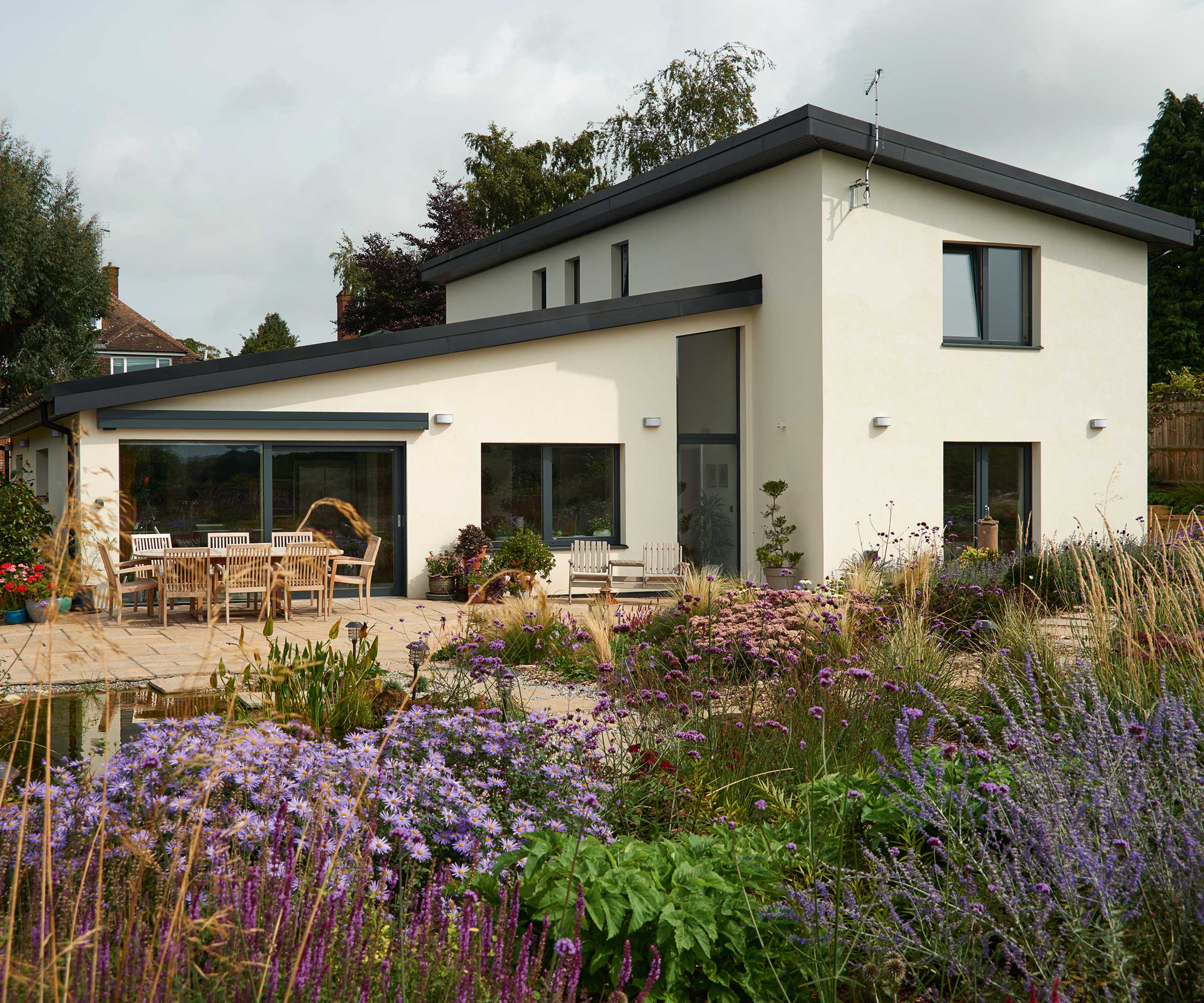
The benefits of achieving Passivhaus Plus and Premium standards
We’ve all witnessed energy prices skyrocketing and, after a moan, have just come to accept it. That doesn’t look like changing anytime soon either. Going for Passivhaus Plus or Passivhaus Premium gives you a much greater level of control and independence.
There is also the argument that you may well be taking a big step towards this anyway. For example, whatever type of roof you are building, if a new roof is going up, then why not fill it with solar PV at the same time?
The price of such technology has come down significantly in recent years and everything is now gradually going electric. This means that if you were planning to have a solar PV roof anyway, the cost uplift from Passivhaus Classic to Passivhaus Plus will not be massive.
There may also be further savings to be made from not needing an alternative roof covering because you’re going for a whole integrated roof, and you’ll also gain a small income from what you export.
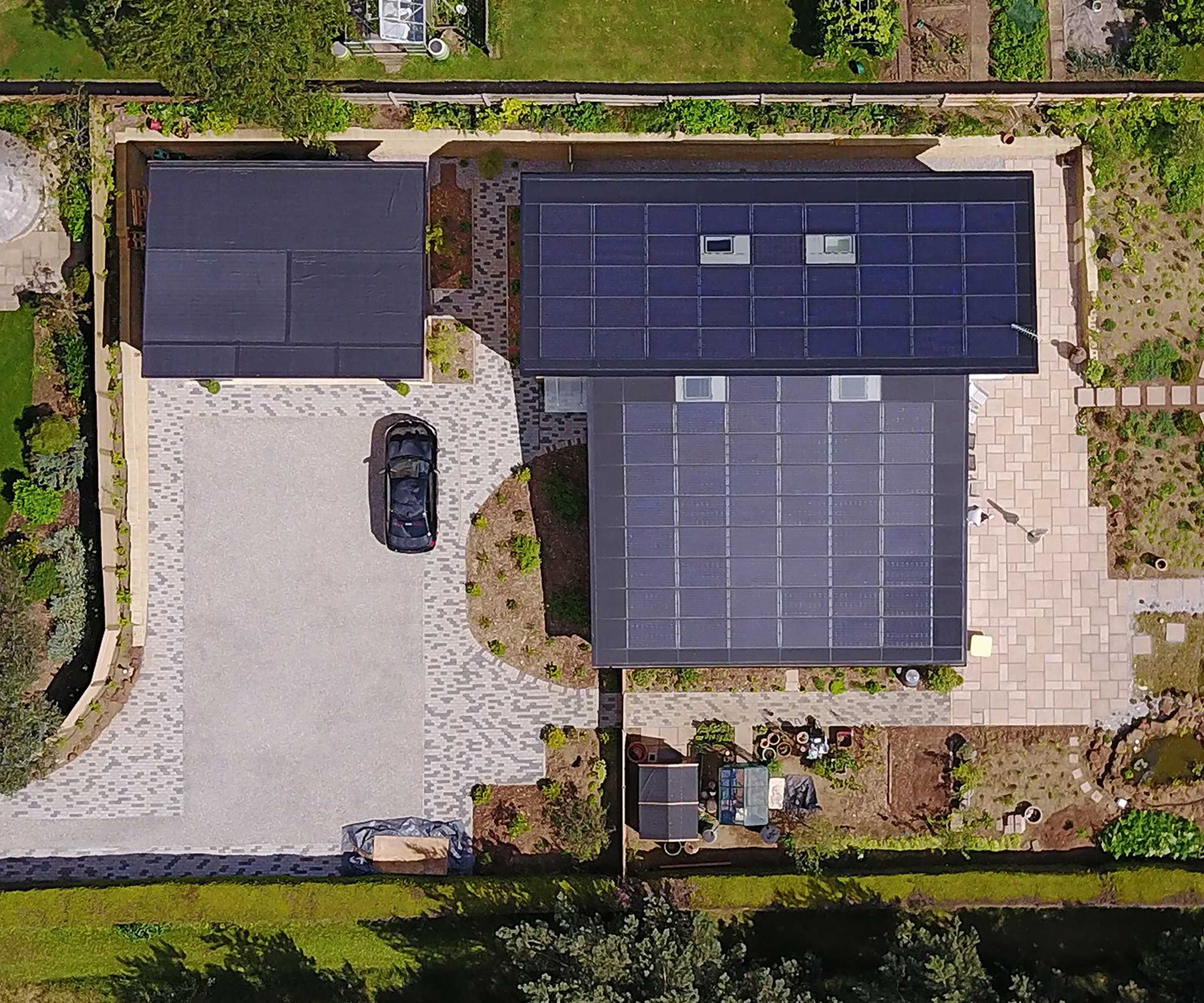
Challenges of meeting higher Passivhaus Plus and Premium targets
When designing and building a house, you are looking for that fine balance between a really efficient building form and careful consideration of roof space, including the direction and angle. The Passive House Planning Package (PHPP) software is integral for modelling all of this in advance, but it’s essential to get the design right.
When it comes to exporting excess electricity back to the grid, don’t expect the grid to always take whatever you have either. It depends on the local infrastructure – who is using it and feeding into it.
So it’s important to engage with your district network operator to assess the lay of the land beforehand. In practice you have another option, in that it is possible to cap what you export to the grid.
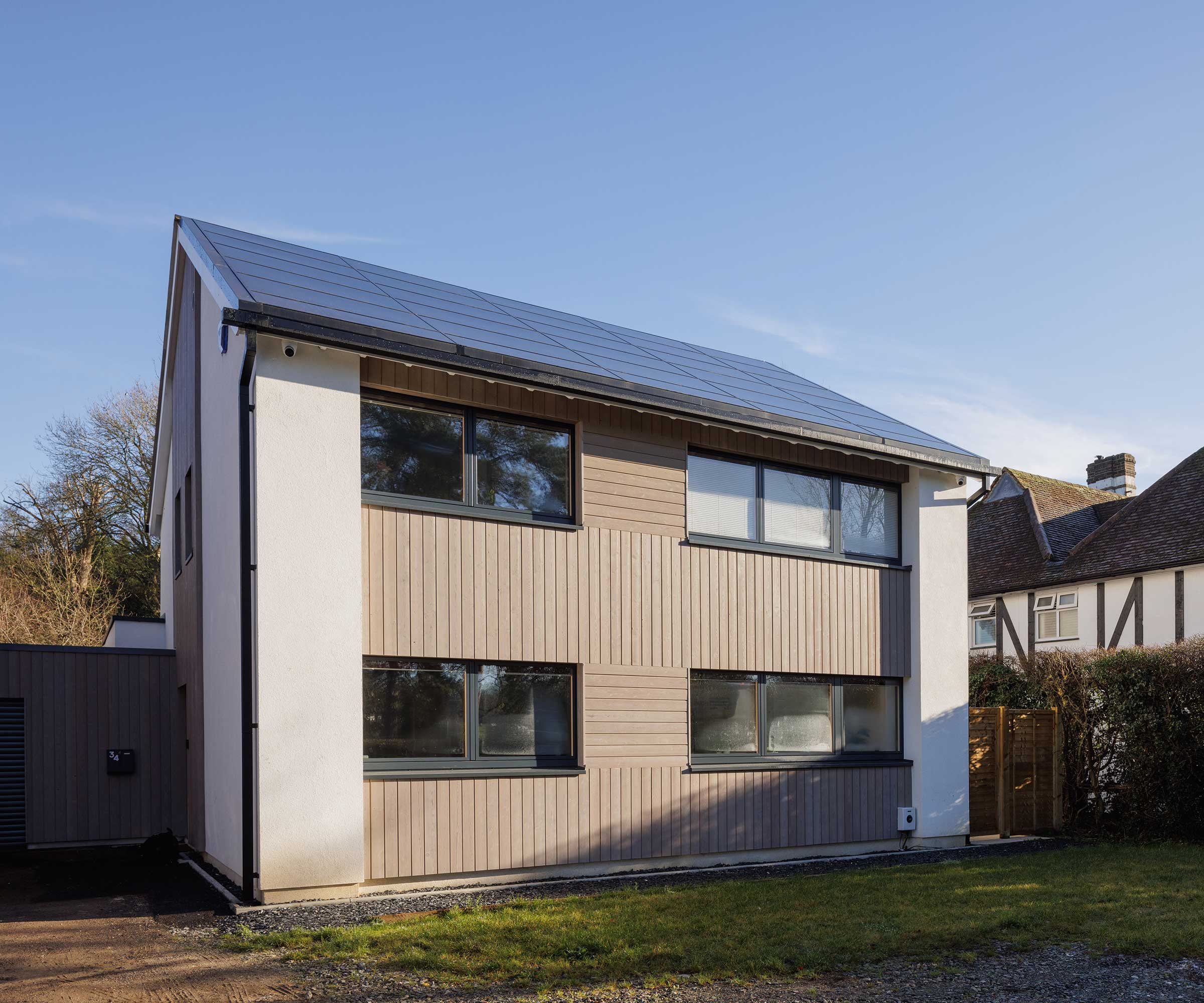
An ambitious goal to aim for
It’s worth highlighting that there are thousands of certified ‘Classic’ Passivhaus projects but only tens that reach ‘Plus’ and to be honest we’re still getting started with ‘Premium’.
Carrstone House in Bedfordshire by Eco Design Consultants nearly got to Premium but came up against a network limit to 25kWP. They even had to apply for a power station licence, which is not that ridiculous when you start to count up the number of panels on the roof! This covers the house’s power and heating as well as it charging their electric car, and at times they’re also exporting to the grid.
It’s worth noting that these classifications also apply to retrofit EnerPHit projects, such as Harpenden EnerPHit by AD Practice. It has an air source heat pump and harnesses renewable energy with an entire south-facing roof pitch of solar PV. When you dig deeper into the credentials of projects like this you start to appreciate a whole new level of optimisation.
So there are significant wins for reaching Passivhaus Plus or Passivhaus Premium, but you need to really commit to this, and as early on in the process of your self-build project as possible.
Achieving these high standards will further improve the energy efficiency of your home, however, adding yet more to the many benefits of living in a Passivhaus.
Ben Adam-Smith is a film-maker, communicator and eco-building enthusiast. After 15 years working in TV and radio, Ben changed channels to set up Regen Media — a business that uses cutting-edge new media tools to help green-minded construction firms build better communications. Ben also runs the website and podcast, House Planning Help, which is dedicated to inspiring self builders to build energy-efficient homes. He has recently completed his own Passivhaus self build.

